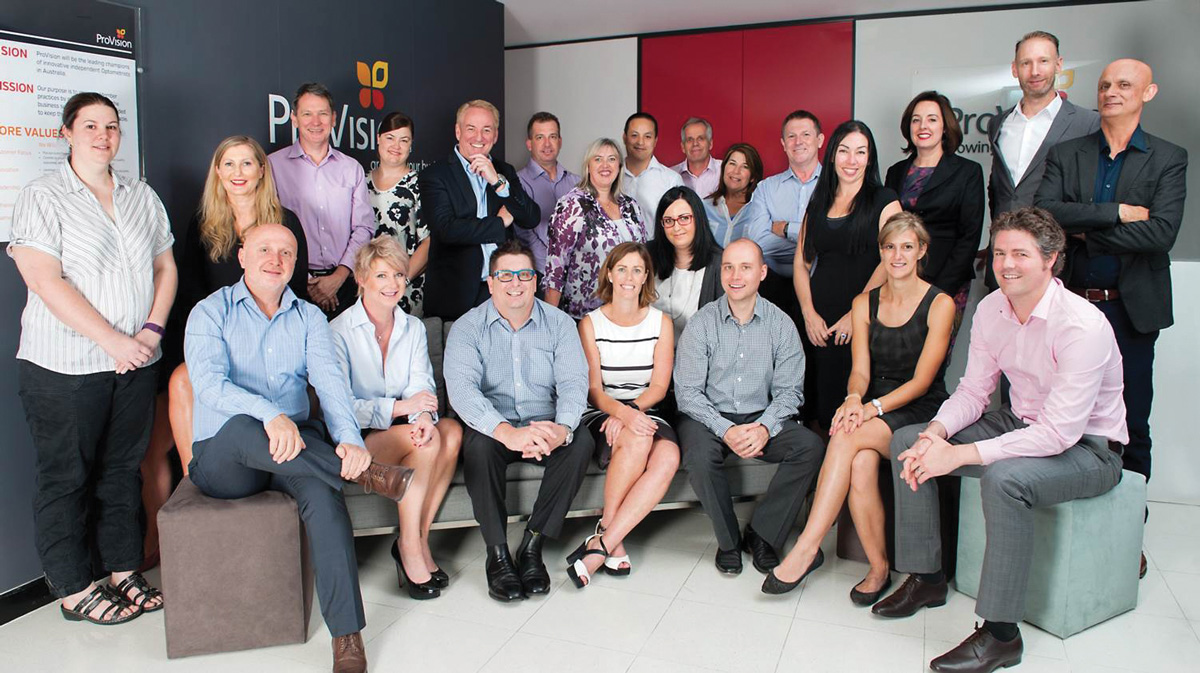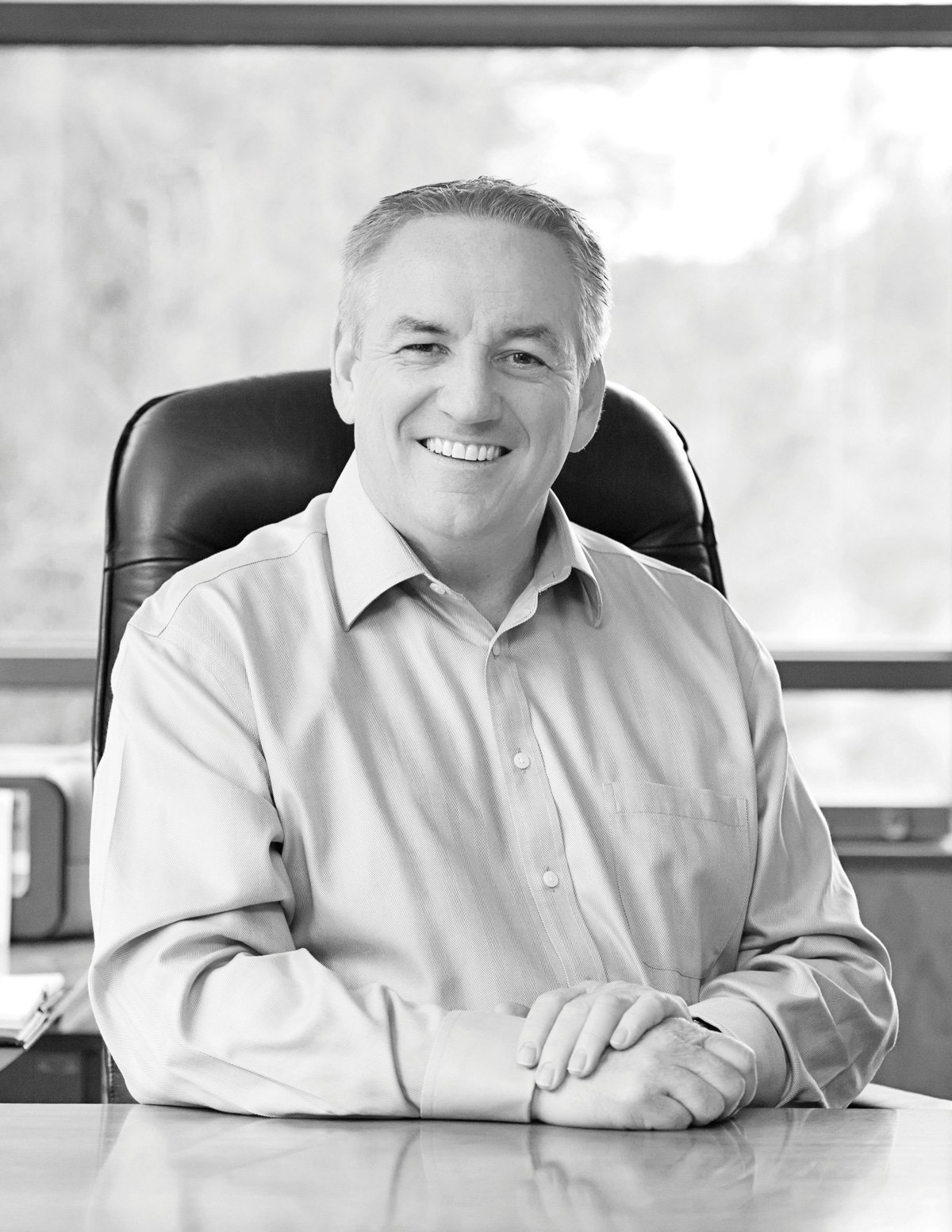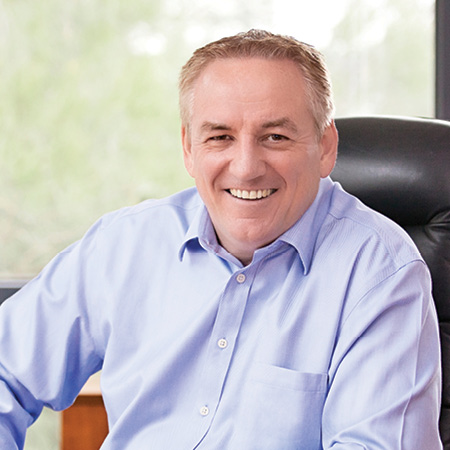Due to the highly fragmented nature of the optometry industry in Australia, individual suppliers tend to lack commercial experience. To refine the practice, in 1990 the Optometry Association of Australia set up ProVision to unite what would come to be over 450 independent optometrists, each with the ultimate goal of growing and improving their own business and establishing a high standard of eye care across the country.
Equipped with a marketing team, human resources department, and multiple business coaches, the ProVision network offers the independent companies highly qualified individuals who provide expertise on enhancing member practices across various sectors. These professionals oversee a wide range of operations, such as budgeting, merchandising, selling, recruitment, leadership, and employee training to ensure the businesses are able to better themselves in any way they deem necessary. Predominantly though, ProVision is focused on one essential component: the people. The CEO Magazine spoke with Steven Johnston, the CEO of ProVision.
The CEO Magazine: How important is culture to ProVision, and how do you instil this in your employees?
Steven: If you want to work at ProVision, it is because you want to help the members be successful. We have our practices recommending us to our peers — which is why we are growing in membership — and I think that is all underpinned by having a culture of people that understand what they are here to do, and that buy into the purpose of the organisation.

Once you have your people right, you can achieve anything you want to as a business.
Having the team we have assembled here, and the management team, being driven by the same purpose just means that I don’t have to micromanage anybody. That also means I can spend most of my time thinking about the next strategic thing that we have to get our heads around, how we can resource it, and if we have the financial strength to be able to complete it. As a CEO, I would be rather surprised if many of my peers have that same luxury.
We have been running a culture program for our business owners over the last four or five months because we think it is just as applicable to a practice with five people as it is to any organisation. Get a vision, get a mission that people can buy into and understand, and establish core values that help you calibrate your behaviours and decision making. Once you have your people right, you can achieve anything you want to as a business.
What is ProVision’s current area of focus?
The marketing area is what we are really focused on because it is a competitive world in optometry, just as it is in any other retail space. Even though our members are medical practitioners, they compete in a retail environment because most of their revenue comes from what they sell at the front of their practice, not from their clinical procedures. We need to help them better their retail offering, to attract new patients to their practice.
We haven’t got the name ProVision on the front of 450 practices. Every single practice has a different name, logo, and colour scheme, so we have had to come up with a pretty innovative way to facilitate professional marketing without compromising their individual branding. So, we have a system now and we are working on getting better at what we actually put in that system to attract new clients into the businesses.
What are some of the benefits gained by independent optometrists when they become a part of ProVision?
We were set up twenty-six years ago by the Optometry Association of Australia, initially to help with the buying arrangements through supply. It’s a very fragmented industry in Australia. There are lots of individual suppliers of products such as frames, lenses, contact lenses and sunglasses so ProVision was founded to leverage the collective buying power of independents. As a result, they could get a better deal from those suppliers. Thus, the foundation of our business is as a buying group.
Second to that was that the Optometry Association of Australia was great at providing clinical education to its members; however, it realised it wasn’t quite so good at delivering commercial education. ProVision was the solution because it was able to offer extensive training to practice owners and staff; teaching them how to run their businesses better, which was something they hadn’t learned at university. ProVision provides the optometrists with leadership education, marketing education, introductory optometry education, and so on. We basically cover all of the commercial oriented education for our members.

Those are the two areas that ProVision was originally set up to deliver on. Then over time we have added even more value to that. One additional area is marketing expertise. We currently have seven marketing people on our team, including two graphic designers, to enable us to help out the practices with their consumer-facing marketing activities. We have a business services area that looks after and helps our members with leasing. We have an HR department to help our optometrists recruit staff, navigate the mindfield of HR legislation and make sure that they don’t get themselves inadvertently into trouble. We have nine business coaches out in the field who help a large cross section of our members with their retail operations, with merchandising, sales, marketing, training, systems, leadership, budgeting, or whatever it is that their practice needs. It’s a pretty well-rounded service. The only thing we try not to do is teach them how to be a better optometrist, but for virtually everything else we can help them.
Obviously members are vital to your success, but how important are your key suppliers?
We started out as a buying group, and so by definition that means we have to have really good working relationships with our suppliers. A lot of companies will say they are in partnership with their suppliers, but they are just using those words to their advantage. I think our organisation, our people, genuinely understand that and our suppliers genuinely believe that — we are in this to deliver growth for them, not just for us.
What are your plans for the future of ProVision?
Our future is focused on embracing more technology. To be honest, we are a bit behind in terms of being able to use technology to our advantage. If we can wrestle that obstacle to the ground and come up with good technology solutions for our practices, they will be more efficient and also more effective. For our independent stores to compete with the corporates it requires us to wholeheartedly embrace technology and to regularly update our systems.
It is wonderful to be in a business where you feel like you are actually doing something good for society
We are also going to be working really hard in the marketing space, as we think that is an area that’s a level playing field. While we might not be able to spend millions of dollars on advertising, catalogues and above-the-line promotions, we can certainly engage with our patients and our clients on a local level. We can make it a priority to understand their needs better than the corporates ever can but we need to use technology to help us do that, whether it’s through social media or digital marketing.
What do you love most about your job?
It comes back to the vision, the mission, and the core values for me. Being here and helping a really good group of people do what they do — which is provide a terrific health service to the public — gives meaning to what the team and I do. It is wonderful to be in a business where you feel like you are actually doing something that is good for society, and that is how I feel about this company.
At any organisation that I have worked for in the past, I would spend a portion of my day putting out fires because things don’t quite work the way you want them to. We are probably working with a couple of suppliers now where I wouldn’t be surprised if they are spending 30, 40, or 50% of their time putting out fires. Here I would be surprised if, on the worst day, we spend 5% of our time doing that. Basically, 95% of our time is spent working on constructive things that are going to be good for our members.

